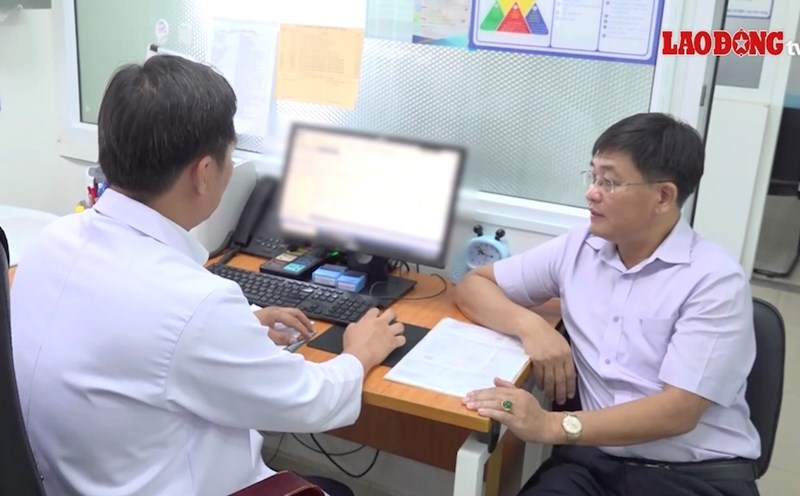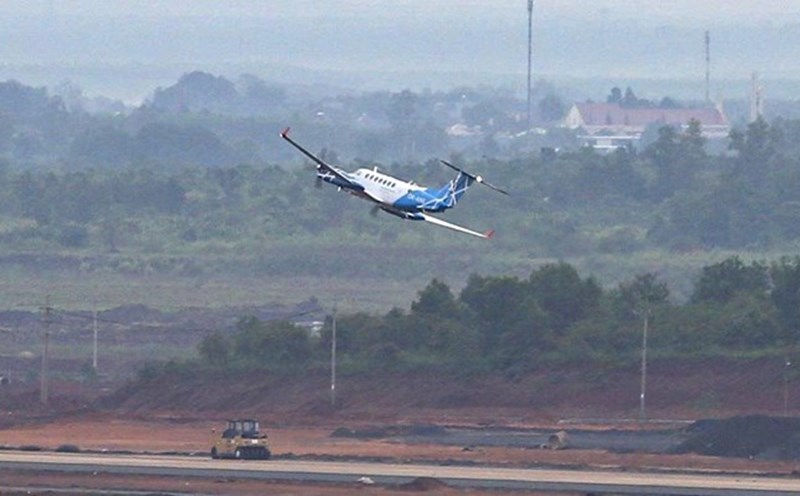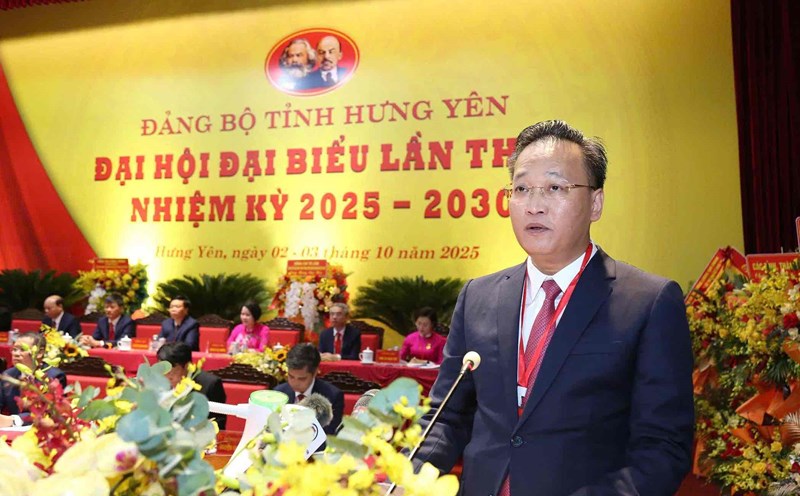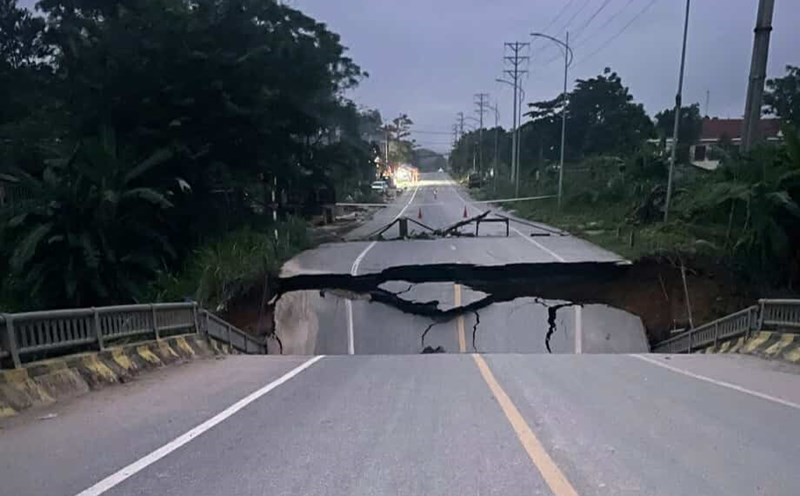Can Tho City People's Committee has just issued Plan No.7/KH-UBND on Smart Urban Development Actions in the city until 2030.
According to the plan, in the field of smart transportation, the task is to continue to install and operate a smart traffic management system (TS) such as setting up a network of smart surveillance cameras, traffic flow sensors, speed measuring devices, journey monitoring equipment, vehicle monitoring equipment... on national highways passing through the city, provincial roads and urban roads in communes and wards to connect data to the Smart Traffic Operation Center of the Department of Construction and the Smart Urban Monitoring and Operation Center (IOC) of the city, People's Committees of communes and wards. At the same time, connect and share data with the Data Center, manage, monitor and handle traffic violations by the City Police.
The next task is to build an online traffic portal with GIS integration. Thereby, providing information about public parking lots, warnings about traffic flow and congestion in real time, paying fines for traffic violations via mobile applications, paying bus fares (including providing information about buses), parking fees via mobile applications.
The city will use an information and sensor system to manage parking intelligently at points and parking lots. In particular, building an online and offline analysis system to analyze data from traffic camera systems and other systems to monitor parking on routes, at parking lots, identify license plates of vehicles illegally parked, detect vehicles illegally parked, combine with a system to search for parking locations, book and collect parking fees (combining automatic non-stop toll collection); connect to management centers, share data with communes and wards.
The remaining tasks include developing a public transport system connection plan to optimize the route to reduce travel time between vehicles and waiting time for passengers; Developing transport data to ensure compliance with the model and principles of data governance; ensure consistency in data architecture, connection, and interconnection through the Data tich hop axis so that people and businesses can exploit and create new value-added services to serve economic and social life.











